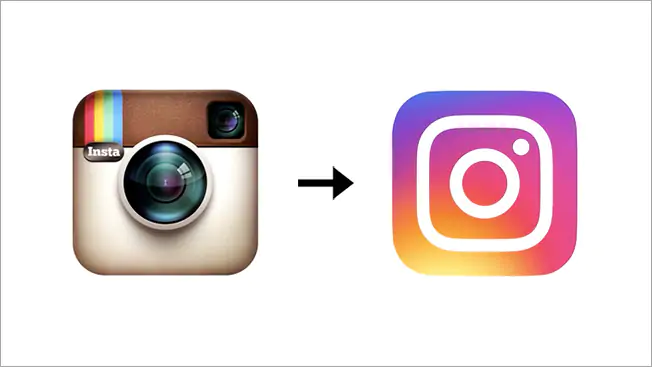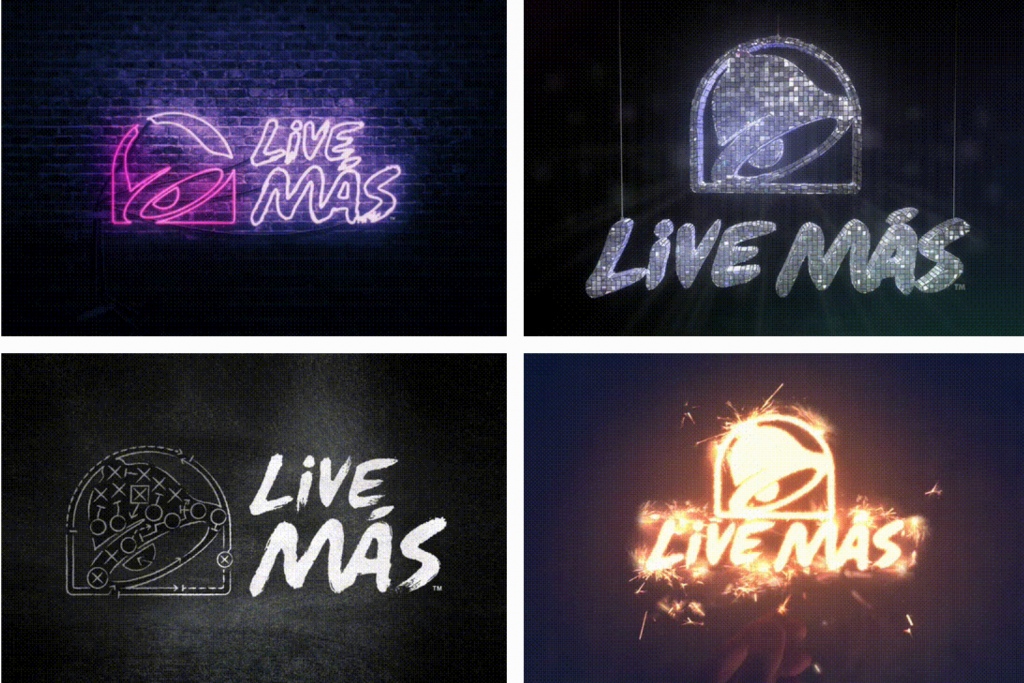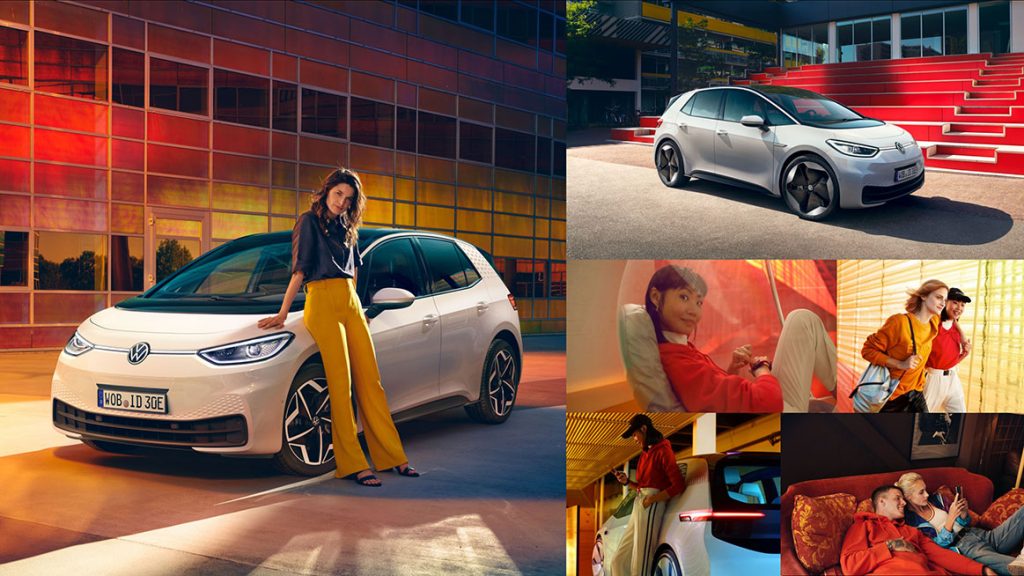4 Rebranding Strategies That Can Build Consumer Loyalty
BY: Andrés Matute | SEPT 22, 2021 – 5 MIN READ

4 Rebranding Strategies That Can Build Consumer Loyalty
BY: Andrés Matute | SEPT 22, 2021 – 5 MIN READ

Key Takeaways (5-minute read):
- Rebranding will eventually become a necessity as technology and consumer desires continue to evolve.
- Strategies for a rebrand aren’t always purely about aesthetics.
- You should love your branding; if you don’t, it’s time for a change.
The times, they are a-changin’, and businesses must change with them if they expect to remain relative among consumers and competitive among peers. For those who have been around for years or even decades, the word rebrand can evoke a sense of unease and even fear. Embracing change shouldn’t be scary—it should be seen as a chance to infuse fresh creativity into your company and to build upon the brand equity you have established. As a global branding and creative design studio, A&P loves the opportunities rebranding can bring. New visuals can create buzz and interest. It also presents the perfect moment to improve upon or clarify parts of your brand—be that in look, feel, or mission—that perhaps weren’t clear enough when you started. All this can boost your consumer engagement and build brand loyalty.
We know it seems that every major rebrand over the years seems to come with controversy, but let’s forget about the Great Dunkin’ Debate of 2018 for a few minutes and focus on a few brands who we feel got it right, along with some of the best rebranding strategies.
Instagram: Rebranding for the Future
When the social media giant rebranded in 2016, it ditched its more literal camera illustration logo for a sleek glyph with clean lines and a gradient background. The design certainly still suggests “camera,” but, as Instagram’s brand statement said, “sets the groundwork for years to come.” The global tech company is still using that logo five years later and has since rolled out countless innovative app additions for photos, video, livestreaming, and more. Seeing as it’s easily one of the most recognizable brands in the world, it’s safe to say they were right.
Taco Bell: Rebranding for Community
While Instagram rebranded to embrace the future, Taco Bell rebranded in the same year with the goal to “Live Más” by living squarely in the present but keeping an eye on what’s to come. Its cult following had already evolved into a full lifestyle community, which led the brand to revamp its logo design and creative suite, along with interior design, menu, and other offerings for its loyal customers. “The biggest evolution was a shift in mindset,” says the brand’s design website. “No longer making our logo sacred or untouchable like everyone else. The result? Myriad creative interpretations for years to come.” Creating a creative, community-driven rebrand brought Taco Bell back to the fast-food forefront among consumers.
Volkswagen: Rebranding for Authenticity
No, we’re not talking about the early-2021 confusion over the German carmaker becoming “Voltswagen.” (We’re still pretty sure that was an April Fool’s Day branding joke gone wrong.) The company’s rebrand in 2019 focused on authenticity and brand accessibility, two things that are major drivers for a lot of design and branding efforts today. As the world becomes more connected than ever through technology, it’s important to be real. Most modern consumers aren’t looking for the perfect, untouchable brand identity that vehicle manufacturers touted for years; they want to know that people just like themselves are driving the cars, having mishaps in them, spilling their drinks, braking too soon, et cetera… And they want to know that Volkswagen will be there for them when these things happen. “The idea was to make the brand more human and more lively instead of showing a perfect advertising world, to adopt the perspective of the customer to a greater extent and tell authentic stories,” says VW’s website.
Google Workspace: Rebranding for Efficiency
Amid the chaos of 2020, there was also order. At least, that was Google’s aim when they rebranded the popular G Suite series of programs to be Google Workspace, which includes the tech behemoth’s Gmail, Drive, Calendar, Meet, Docs, Slides, and other communication and collaboration tools. Integrating all its apps into one platform allowed Google’s consumers easy access and a virtual hub for nearly all their office and personal needs. The change also came with a new series of logo designs, adapting each app’s previous look to be a cohesive suite of products. The use of Google’s classic primary (plus green) color scheme makes the products instantly recognizable to the billions who have browsed the search engine during its nearly 25 years on the world wide web.
Rebranding can be a tough decision and an even more challenging process, but there are plenty of good reasons to do it if you feel your brand needs to evolve, be it one or more of the reasons above or just because you’re ready for a change. Clearly communicating the ethos of your brand will also be the best way to retain brand equity and consumer engagement, and a rebrand is one strategy that can help you do that—and create some new excitement among consumers and press in the process. You should love your branding. Coming up with new ideas for it should be fun, not painstaking (though sometimes we know it’s both). If you’re stuck between needing to evolve with the times and feeling afraid to lose the brand you’ve already established, the team at A&P’s brand studio can help. We will guide you through studying your brand strategy and evolution, conducting consumer research, honing your brand identity and design, and forming both digital and traditional marketing plans.
About A&P
A&P, a brand agency, excels in finding innovative ways for clients to provide exceptional experiences to their customers. Their work includes consumer insight, brand innovation, creative development, mobile and technology solutions for global brands such as AT&T, Mini USA, DIRECTV, Newell Rubbermaid, Tenet Healthcare, and Barco Escape. For more information about A&P, visit them on Facebook, Twitter or antonioandparis.com.
Key Takeaways (5-minute read):
- Rebranding will eventually become a necessity as technology and consumer desires continue to evolve.
- Strategies for a rebrand aren’t always purely about aesthetics.
- You should love your branding; if you don’t, it’s time for a change.
The times, they are a-changin’, and businesses must change with them if they expect to remain relative among consumers and competitive among peers. For those who have been around for years or even decades, the word rebrand can evoke a sense of unease and even fear. Embracing change shouldn’t be scary—it should be seen as a chance to infuse fresh creativity into your company and to build upon the brand equity you have established. As a global branding and creative design studio, A&P loves the opportunities rebranding can bring. New visuals can create buzz and interest. It also presents the perfect moment to improve upon or clarify parts of your brand—be that in look, feel, or mission—that perhaps weren’t clear enough when you started. All this can boost your consumer engagement and build brand loyalty.
We know it seems that every major rebrand over the years seems to come with controversy, but let’s forget about the Great Dunkin’ Debate of 2018 for a few minutes and focus on a few brands who we feel got it right, along with some of the best rebranding strategies.
Instagram: Rebranding for the Future
When the social media giant rebranded in 2016, it ditched its more literal camera illustration logo for a sleek glyph with clean lines and a gradient background. The design certainly still suggests “camera,” but, as Instagram’s brand statement said, “sets the groundwork for years to come.” The global tech company is still using that logo five years later and has since rolled out countless innovative app additions for photos, video, livestreaming, and more. Seeing as it’s easily one of the most recognizable brands in the world, it’s safe to say they were right.
Taco Bell: Rebranding for Community
While Instagram rebranded to embrace the future, Taco Bell rebranded in the same year with the goal to “Live Más” by living squarely in the present but keeping an eye on what’s to come. Its cult following had already evolved into a full lifestyle community, which led the brand to revamp its logo design and creative suite, along with interior design, menu, and other offerings for its loyal customers. “The biggest evolution was a shift in mindset,” says the brand’s design website. “No longer making our logo sacred or untouchable like everyone else. The result? Myriad creative interpretations for years to come.” Creating a creative, community-driven rebrand brought Taco Bell back to the fast-food forefront among consumers.
Volkswagen: Rebranding for Authenticity
No, we’re not talking about the early-2021 confusion over the German carmaker becoming “Voltswagen.” (We’re still pretty sure that was an April Fool’s Day branding joke gone wrong.) The company’s rebrand in 2019 focused on authenticity and brand accessibility, two things that are major drivers for a lot of design and branding efforts today. As the world becomes more connected than ever through technology, it’s important to be real. Most modern consumers aren’t looking for the perfect, untouchable brand identity that vehicle manufacturers touted for years; they want to know that people just like themselves are driving the cars, having mishaps in them, spilling their drinks, braking too soon, et cetera… And they want to know that Volkswagen will be there for them when these things happen. “The idea was to make the brand more human and more lively instead of showing a perfect advertising world, to adopt the perspective of the customer to a greater extent and tell authentic stories,” says VW’s website.
Google Workspace: Rebranding for Efficiency
Amid the chaos of 2020, there was also order. At least, that was Google’s aim when they rebranded the popular G Suite series of programs to be Google Workspace, which includes the tech behemoth’s Gmail, Drive, Calendar, Meet, Docs, Slides, and other communication and collaboration tools. Integrating all its apps into one platform allowed Google’s consumers easy access and a virtual hub for nearly all their office and personal needs. The change also came with a new series of logo designs, adapting each app’s previous look to be a cohesive suite of products. The use of Google’s classic primary (plus green) color scheme makes the products instantly recognizable to the billions who have browsed the search engine during its nearly 25 years on the world wide web.
Rebranding can be a tough decision and an even more challenging process, but there are plenty of good reasons to do it if you feel your brand needs to evolve, be it one or more of the reasons above or just because you’re ready for a change. Clearly communicating the ethos of your brand will also be the best way to retain brand equity and consumer engagement, and a rebrand is one strategy that can help you do that—and create some new excitement among consumers and press in the process. You should love your branding. Coming up with new ideas for it should be fun, not painstaking (though sometimes we know it’s both). If you’re stuck between needing to evolve with the times and feeling afraid to lose the brand you’ve already established, the team at A&P’s brand studio can help. We will guide you through studying your brand strategy and evolution, conducting consumer research, honing your brand identity and design, and forming both digital and traditional marketing plans.
About A&P
A&P, a brand agency, excels in finding innovative ways for clients to provide exceptional experiences to their customers. Their work includes consumer insight, brand innovation, creative development, mobile and technology solutions for global brands such as AT&T, Mini USA, DIRECTV, Newell Rubbermaid, Tenet Healthcare, and Barco Escape. For more information about A&P, visit them on Facebook, Twitter or antonioandparis.com.

WRITTEN BY
Andrés Matute
Short Bio — Andrés is a rebel marketer and growth enabler at Antonio & Paris. Through the years, he has been in charge of the art direction, design and brand development on projects with companies in Latin America, Europe and the United States; working with clients such as Mercedes-Benz, Adidas, MINI Cooper, AT&T, Franklin Institute, Heineken, and Copa Airlines. His healthcare experience includes the blue-chip pharmaceutical corporation Cobeca, SAAS Pharmacies, Evolve BioSystems, and Brookdale Senior Living.

WRITTEN BY
Andrés Matute
Short Bio — Andrés is a rebel marketer and growth enabler at Antonio & Paris. Through the years, he has been in charge of the art direction, design and brand development on projects with companies in Latin America, Europe and the United States; working with clients such as Mercedes-Benz, Adidas, MINI Cooper, AT&T, Franklin Institute, Heineken, and Copa Airlines. His healthcare experience includes the blue-chip pharmaceutical corporation Cobeca, SAAS Pharmacies, Evolve BioSystems, and Brookdale Senior Living.




